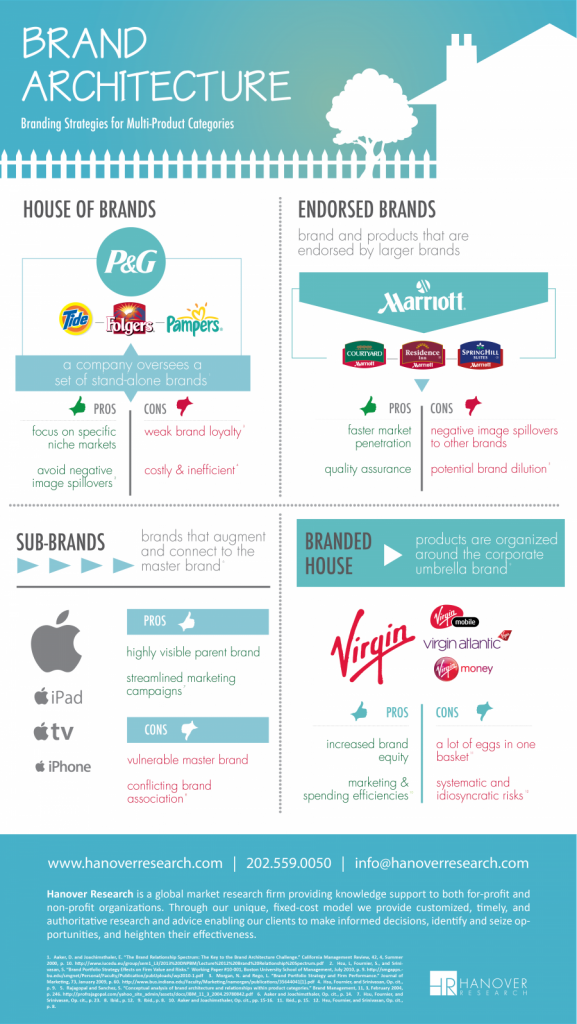Market
Branding Strategies for Multi-Product Categories

Fortune 500 companies across the globe utilize brand
positioning strategies to protect their numerous brands from external market
forces, as well as to unify brands in order to enhance consumer associations
and perceptions.
positioning strategies to protect their numerous brands from external market
forces, as well as to unify brands in order to enhance consumer associations
and perceptions.
The process of developing brand architecture is a strategic
one, based on identifying threats and creating strong corporate bonds amongst
brands that work to mitigate the risk of brand failure. These risks can come
from not only consumer preferences, but market fragmentation, competitors, and
the pressure to extend existing brand recognition across multiple products.
With threats like these in an ever-expanding and competitive global
marketplace, companies with weak brand infrastructures will struggle to
compete.
one, based on identifying threats and creating strong corporate bonds amongst
brands that work to mitigate the risk of brand failure. These risks can come
from not only consumer preferences, but market fragmentation, competitors, and
the pressure to extend existing brand recognition across multiple products.
With threats like these in an ever-expanding and competitive global
marketplace, companies with weak brand infrastructures will struggle to
compete.
Here are the four most common brand positioning strategies,
shown in the infographic below created by Hanover
Research.
shown in the infographic below created by Hanover
Research.
